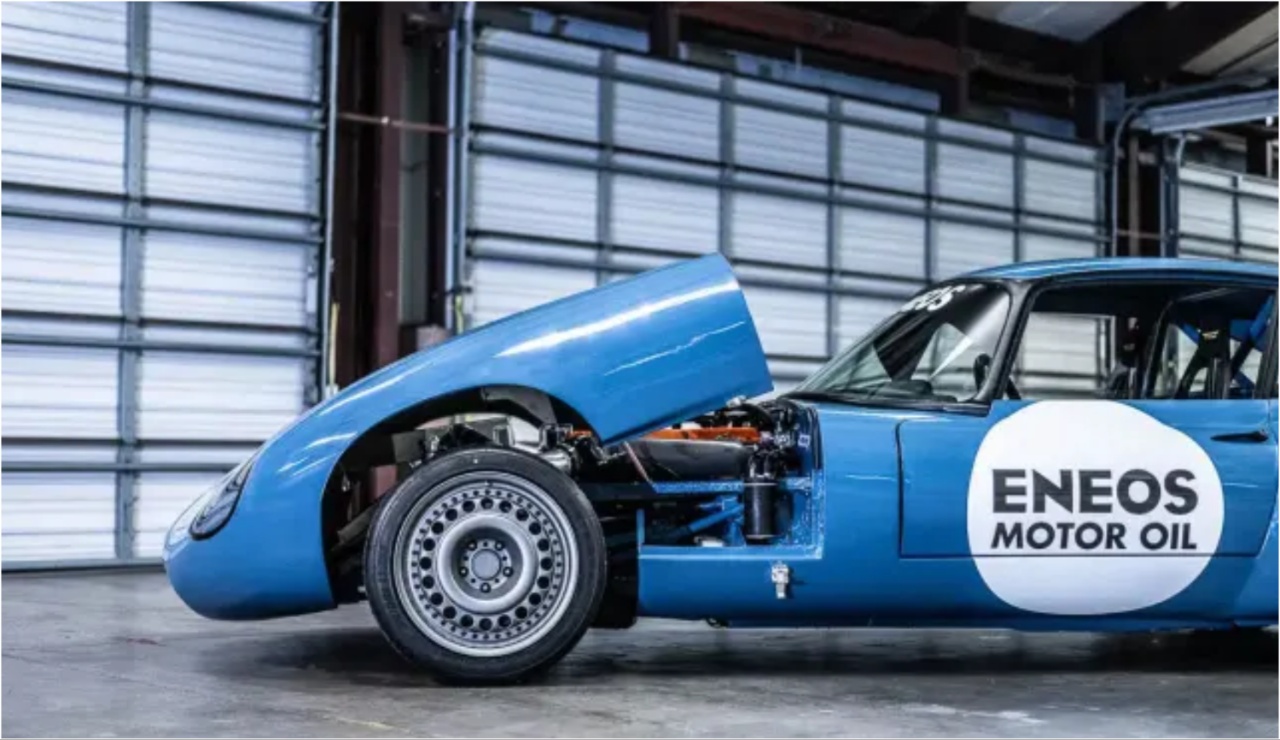In an age dominated by turbochargers, superchargers, and hybrid powertrains, naturally aspirated engines often seem like relics of a bygone era. Yet, there remains an undeniable allure and respect for these engines—machines that generate power purely through atmospheric pressure, mechanical precision, and thoughtful engineering, without the crutch of forced induction.
The naturally aspirated engine, often celebrated for its simplicity, linear power delivery, and mechanical purity, represents a fundamental chapter in automotive history that continues to resonate with enthusiasts, mechanics, and everyday drivers alike.
Despite technological advancements in engine design, turbocharging and electrification have introduced complexity, heat management issues, and additional wear factors. Naturally aspirated engines, by contrast, typically operate with lower internal pressures and reduced thermal stress, which can translate into enhanced durability and longevity when properly maintained.
These engines embody a philosophy of mechanical efficiency and reliability, crafted not just for outright power but for the long haul, with a design focus on endurance and consistent performance.
This article delves into ten naturally aspirated engines from various manufacturers and eras, each renowned for their exceptional durability and refusal to quit. From Japanese inline-sixes and rotary engines to American V8 legends and European flat-sixes, these powerplants have earned their place in the pantheon of reliable, long-lasting engines through decades of use in daily driving, motorsports, and everything in between.
We will explore not only their mechanical specifications but also the engineering philosophies, materials, and design features that have allowed them to thrive when many others have faltered.
For instance, Toyota’s 2JZ-GE engine might be overshadowed by its turbocharged sibling, but is nonetheless a powerhouse of reliability with its iron block and high-quality internals. Honda’s K20 series demonstrates how modern engineering can deliver high-revving, efficient performance while maintaining remarkable longevity.
The Chevrolet small-block 350 V8, an icon of American muscle, exemplifies simplicity and ruggedness that have helped it endure millions of miles worldwide. Meanwhile, BMW’s M54 inline-six blends refinement with durability, showcasing German engineering at its finest.
The list continues with the Ford Modular V8’s blend of modern design and toughness, Nissan’s RB series inline-six offering overbuilt components ready for high performance, Mazda’s rotary 13B engine defying rotary stereotypes, Porsche’s legendary air-cooled flat-six setting standards for unique, durable design, Subaru’s boxer EJ25 naturally aspirated engine balancing practicality and endurance, and Lexus’s 1UZ-FE V8 combining refinement with bulletproof reliability.
Each of these engines shares common threads—robust materials, intelligent design choices, and manufacturing precision—that have helped them avoid many pitfalls common to internal combustion engines.
From forged internals that resist fatigue to balanced configurations that reduce vibration, these engines have been engineered not merely for initial performance but for years of dependable service. Importantly, they also benefit from wide aftermarket support, ensuring availability of parts and ease of maintenance, further extending their lifespan.
In an era where automotive technology rapidly evolves and manufacturers increasingly prioritize electrification and forced induction for efficiency and emissions, the naturally aspirated engine remains a cherished symbol of mechanical integrity and straightforward performance.
This article celebrates those engines that refuse to quit—powerplants that have become legends in their own right by outlasting trends, enduring tough conditions, and continuing to deliver the pure, unadulterated joy of naturally aspirated power.
Whether you’re a seasoned gearhead, an aspiring mechanic, or simply an automotive enthusiast curious about what makes these engines special, this exploration offers insight into the art and science of durable engine design.
Join us as we examine the ten naturally aspirated engines that have proven time and again that sometimes, less really is more—where longevity, reliability, and driving pleasure come together in perfect harmony.
Also Read: Top 12 Cars That Run Like New Even After 15 Years With Minimal Maintenance
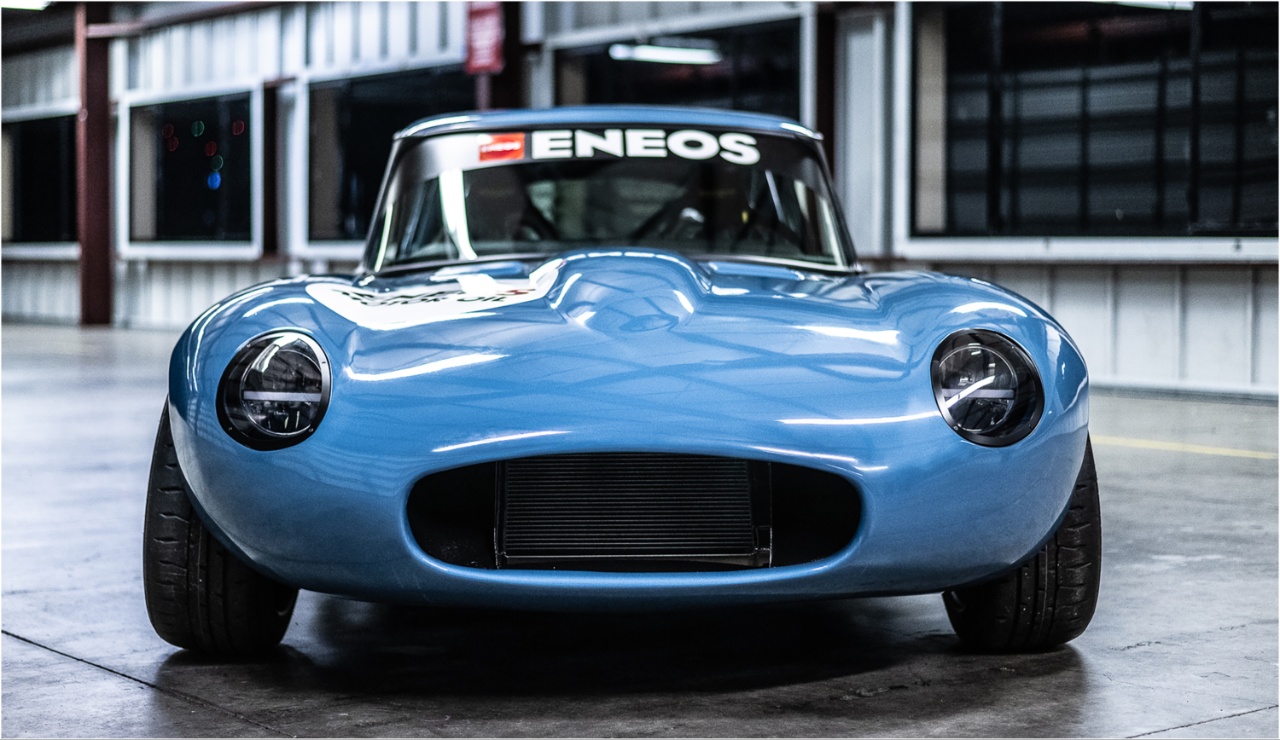
1. Toyota 2JZ-GTE (2JZ-GE Naturally Aspirated Variant)
While the 2JZ-GTE turbocharged variant is globally celebrated for its extreme tuning potential and bulletproof internals, the naturally aspirated 2JZ-GE version is often overlooked despite its extraordinary durability. This inline-six engine boasts a cast iron block, which provides immense structural integrity and resistance to heat and wear over the long haul.
Combined with an aluminum head, the 2JZ-GE balances strength with weight savings, a crucial factor that contributes to its ability to withstand extensive mileage and aggressive driving conditions.
Unlike many naturally aspirated engines designed with economy in mind, the 2JZ-GE is engineered with a performance-oriented mindset, featuring a robust valvetrain and precision manufacturing tolerances that ensure longevity without sacrificing smoothness.
The 2JZ-GE’s reputation for endurance stems from Toyota’s philosophy of overengineering its powerplants. Designed as the naturally aspirated counterpart to a turbocharged behemoth, the 2JZ-GE inherits many reinforced internal components, including high-strength forged pistons and a solid crankshaft, which are capable of handling stress far beyond the demands of normal use.
This overbuilt nature means that even with years of high mileage, these engines rarely succumb to common failure modes such as cylinder wall scoring, head gasket issues, or valve train fatigue. Moreover, the 2JZ’s timing system employs a durable timing chain, rather than a belt, reducing routine maintenance complexity and avoiding catastrophic timing failures that plague many older engines.
Beyond raw durability, the 2JZ-GE offers an exceptionally smooth and linear power delivery that appeals to drivers who prefer a naturally aspirated engine’s predictable throttle response over the sometimes laggy nature of turbocharged setups. Its inline-six configuration inherently balances primary and secondary forces, reducing vibrations and mechanical stress that can accelerate wear in less balanced engines.
This smoothness translates into lower component fatigue and contributes significantly to the engine’s extended lifespan. Owners frequently attest to their 2JZ-GE engines running flawlessly for well over 300,000 miles with nothing more than routine oil changes and scheduled maintenance.
The widespread availability of the 2JZ-GE parts and the thriving enthusiast community further cement its status as a naturally aspirated engine that refuses to quit. Replacement parts, rebuild kits, and performance upgrades remain plentiful decades after the engine’s initial release, making repairs accessible and affordable.
This accessibility encourages owners to maintain their engines meticulously, further prolonging their service life. Whether powering a non-turbo Toyota Supra or underpinning Lexus luxury sedans, the 2JZ-GE remains a benchmark for naturally aspirated reliability and a testament to Toyota’s engineering prowess.
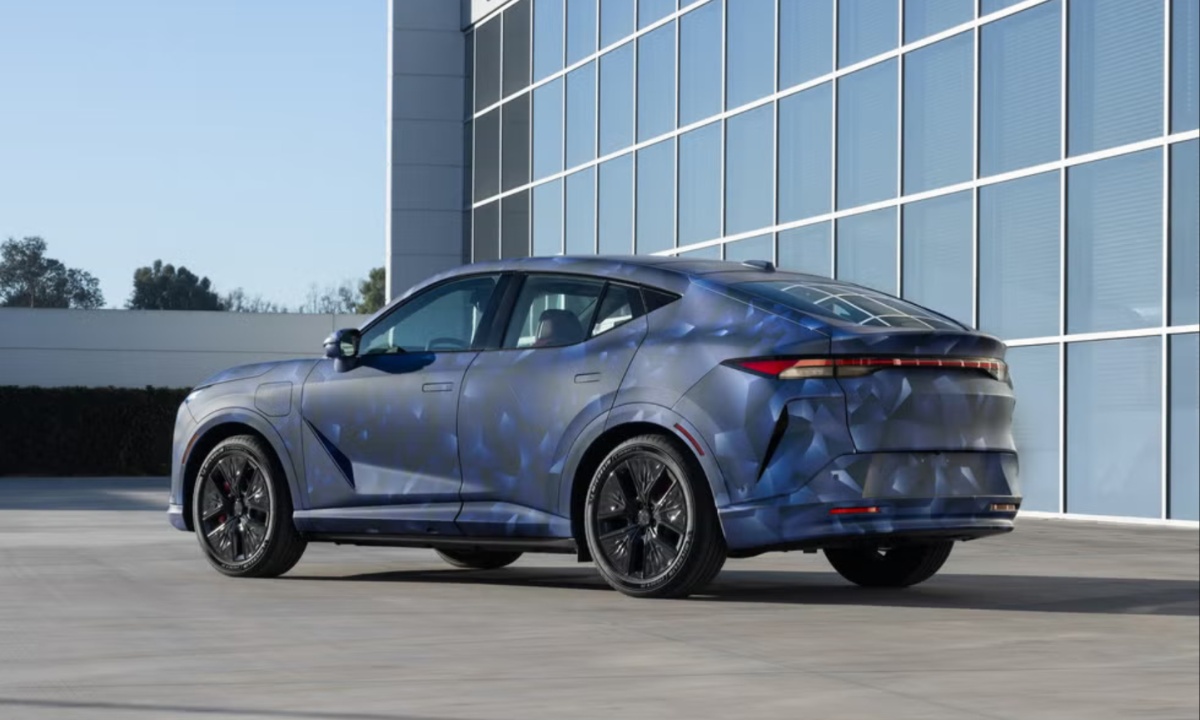
2. Honda K20 Series
The Honda K20 series is a shining example of how modern engineering can marry performance with extraordinary reliability, especially within the naturally aspirated arena. These 2.0-liter inline-four engines, found in vehicles like the Civic Si, Acura RSX, and even some JDM variants, epitomize Honda’s mastery of high-revving, efficient powerplants.
At their core, K20 engines feature a lightweight aluminum block and head that maximize heat dissipation and reduce engine weight, critical factors for both performance and longevity.
Their sophisticated VTEC (Variable Valve Timing and Lift Electronic Control) system is a hallmark of Honda’s engineering, enabling the engine to switch between cam profiles for optimal power and efficiency across the rev range without introducing undue stress on the internal components.
One reason the K20 endures beyond the typical lifespan of many four-cylinder engines is its exceptional attention to detail in the design of internal components. The use of forged pistons and high-strength connecting rods in some variants allows these engines to withstand high RPMs without suffering from common failures like piston slap or rod bearing wear.
Furthermore, the engine’s design incorporates a robust oiling system that ensures proper lubrication to critical components, even under aggressive driving conditions, which dramatically reduces the risk of premature wear. This resilience is complemented by Honda’s tight manufacturing tolerances, which minimize internal friction and improve overall engine efficiency.
The K20’s naturally aspirated character means it avoids the added thermal and mechanical stresses introduced by turbocharging, which often lead to shortened engine life or complex maintenance requirements. Its linear power delivery, combined with a high redline often exceeding 8,000 RPM, offers a thrilling driving experience without the downside of high boost pressures.
Many K20 engines have been known to exceed 200,000 miles without any major overhauls, a testament to Honda’s commitment to reliability. Routine maintenance such as timely oil changes, valve adjustments, and proper cooling system upkeep ensures these engines keep performing at peak levels for years.
Moreover, the K20’s extensive aftermarket support and parts availability make it a favorite among tuners and daily drivers alike. Whether stock or modified, these engines maintain their fundamental reliability, making them some of the most respected naturally aspirated four-cylinder engines on the market.
Their ability to deliver spirited performance without sacrificing longevity exemplifies why the Honda K20 series continues to be a top choice for enthusiasts seeking dependable NA powerplants.
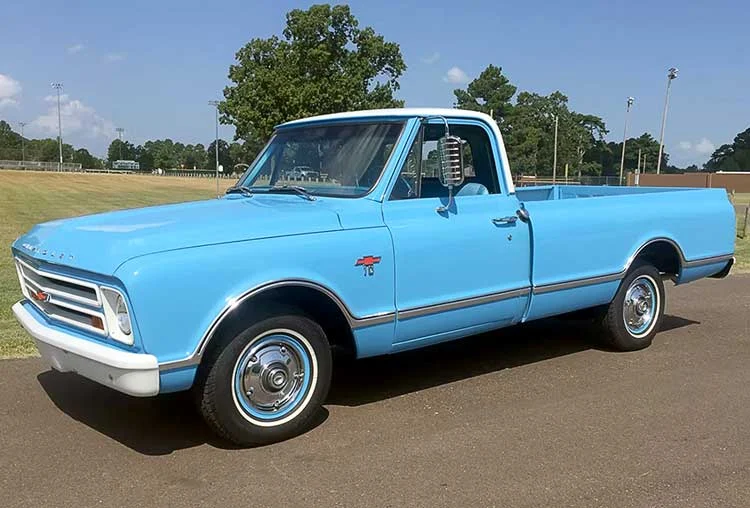
3. Chevrolet Small-Block V8 (350ci)
The Chevrolet small-block V8, particularly the legendary 350 cubic inch variant, is one of the most iconic naturally aspirated engines in automotive history. Introduced in 1967 and continuously evolved over decades, the 350 small-block is celebrated not only for its performance potential but also for an almost mythical durability that has made it a staple in American automotive culture.
Its iron block and heads, combined with a simple yet effective pushrod design, create a powerplant that is mechanically straightforward, inherently rugged, and remarkably easy to maintain, factors that have contributed heavily to its reputation as an engine that refuses to quit.
One of the key strengths of the 350 small-block lies in its adaptability and ease of service. The engine’s architecture is straightforward, with a camshaft located within the block and pushrods operating the valves. This simplicity means fewer moving parts compared to overhead cam designs, reducing the risk of mechanical failure and easing repair processes.
The iron block construction provides exceptional durability, able to endure the stresses of high horsepower and torque over long periods. This robustness has enabled countless 350 small-blocks to surpass 300,000 miles, often with nothing more than periodic maintenance and minor rebuilds.
Performance-wise, the 350 small-block delivers a strong and linear torque curve that made it a favorite among muscle car enthusiasts and everyday drivers alike. Its naturally aspirated configuration ensures immediate throttle response and consistent power delivery across the RPM range.
This predictability makes the engine highly reliable in various applications, from high-performance sports cars to trucks and marine uses. The versatility and long service intervals contributed to its legendary status as a durable workhorse.
The availability of aftermarket parts and the small-block’s widespread use ensure that even decades after production ceased, owners can easily source replacement components, making restorations and rebuilds affordable and straightforward. Its role in American automotive history as a durable, naturally aspirated powerhouse has cemented the 350 small-block’s reputation as an engine that just keeps going, regardless of mileage or conditions.
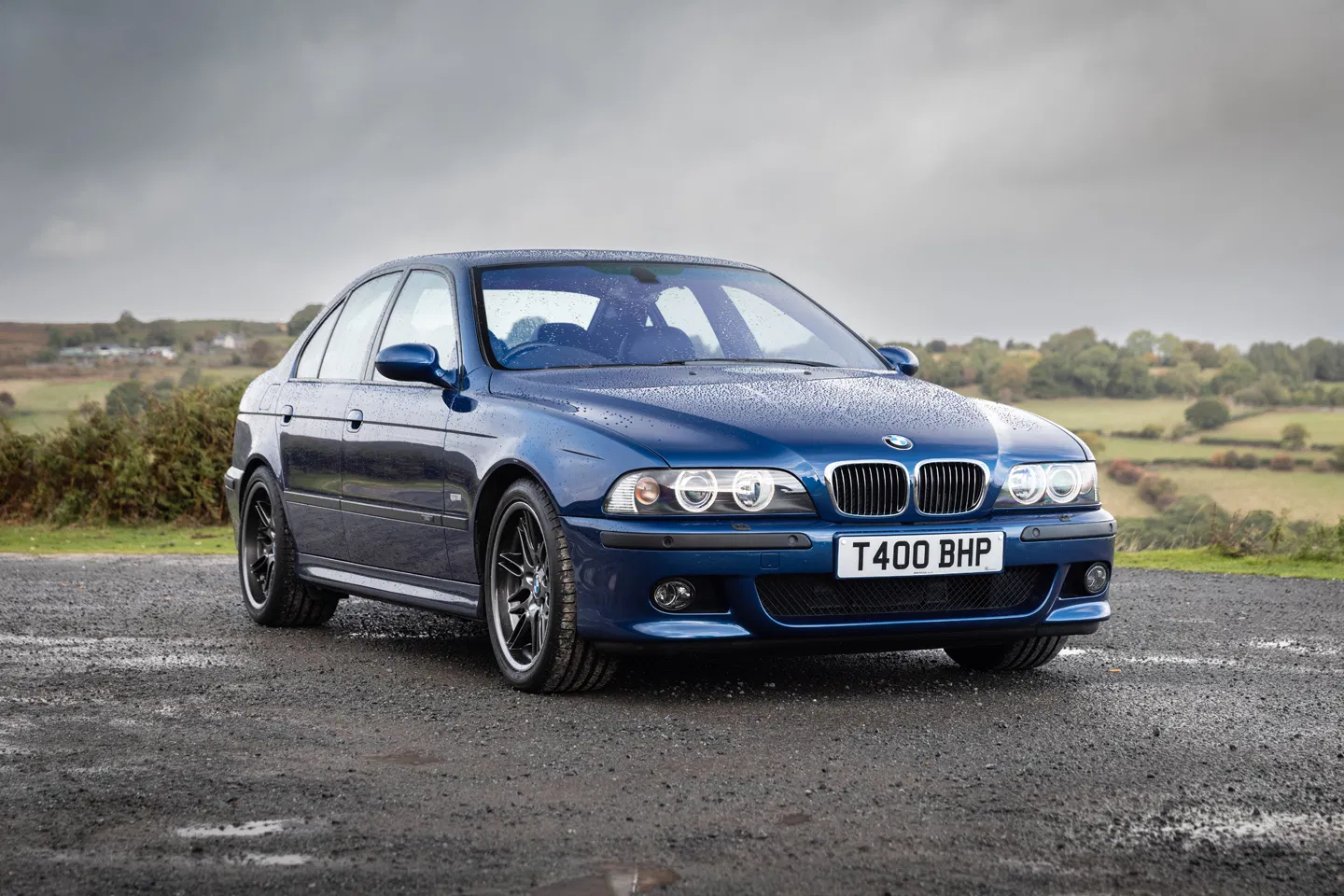
4. BMW M54 Inline-6
BMW’s M54 engine represents a pinnacle of naturally aspirated inline-six engineering, combining advanced technology with the hallmark smoothness and balance associated with the brand’s six-cylinder layouts. Produced between 2000 and 2006, the M54 powered several BMW models, including the E46 3 Series and E39 5 Series, delivering a blend of strong performance, refined driving dynamics, and proven reliability.
Its all-aluminum construction reduces weight and enhances heat dissipation, while its DOHC setup and double VANOS (variable valve timing) system optimize power and efficiency without compromising the engine’s inherent durability.
The M54’s engineering features are tailored for longevity. Its forged steel crankshaft and robust connecting rods are designed to endure the stresses of spirited driving and high RPM operation, while the aluminum block and heads facilitate consistent cooling and reduce thermal fatigue.
The use of a timing chain instead of a belt in this generation also increases reliability and decreases maintenance frequency. BMW’s careful engineering choices and manufacturing precision result in an engine known to exceed 250,000 miles in many well-maintained examples, with many enthusiasts reporting trouble-free service well beyond that mark.
Smooth power delivery and linear torque curves define the M54’s driving experience, thanks in large part to its inline-six layout that naturally balances forces and reduces vibration.
This contributes not only to comfort but also to reduced mechanical stress, enhancing engine longevity. The M54’s variable valve timing system works seamlessly to adjust camshaft timing on the fly, optimizing combustion for both power and fuel efficiency while minimizing wear on engine components.
Although the M54 has some minor weak points, such as the plastic thermostat housing prone to leaks, these issues are easily addressed with aftermarket upgrades, allowing owners to enjoy the engine’s strengths without compromise
. Overall, the M54 stands as a sterling example of a naturally aspirated engine that blends performance and endurance, remaining one of BMW’s most respected and reliable powerplants to date.
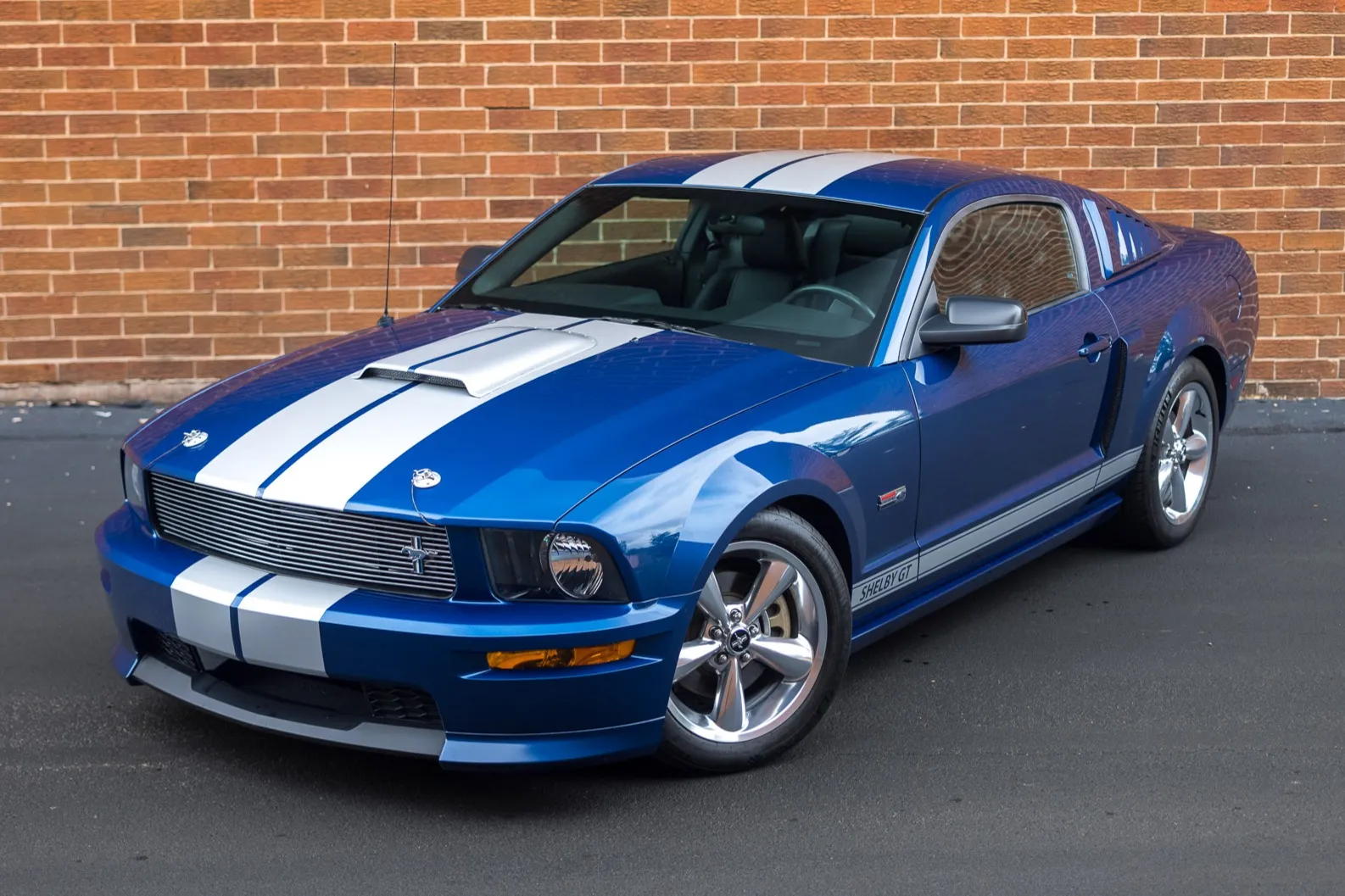
5. Ford Modular V8 (4.6L SOHC)
The 4.6-liter Ford Modular V8 SOHC engine stands as a testament to Ford’s shift toward modern V8 architecture in the 1990s. Introduced to replace the aging Windsor engines, the 4.6 SOHC was designed to balance performance, efficiency, and durability in a compact package.
Found in vehicles ranging from the Mustang GT to full-size sedans and trucks, this engine quickly developed a reputation for toughness and long life, especially in its naturally aspirated configuration. The SOHC design reduces complexity by using a single camshaft to actuate valves, resulting in fewer moving parts and reduced mechanical friction, which in turn enhances reliability.
The Modular V8’s block construction features aluminum with cast iron liners, providing strength and heat resistance while keeping weight in check. The SOHC heads are simpler than their DOHC counterparts, translating into easier maintenance and lower failure rates.
One of the defining characteristics of the 4.6 SOHC is its robust bottom end; the crankshaft and connecting rods were engineered to withstand considerable abuse, whether from spirited driving or prolonged use, which explains the engine’s strong durability reputation.
The engine’s torque delivery is smooth and predictable, well-suited for a variety of applications, from muscle cars to police interceptors and daily drivers. Its naturally aspirated nature means fewer components are subjected to high stress, reducing wear on pistons, valves, and bearings, thus extending the engine’s service life.
Additionally, Ford’s comprehensive dealer network and aftermarket support make it easy for owners to maintain and repair these engines over many years.
Owners of 4.6 SOHC engines often report well-maintained examples running past 200,000 miles with original internals intact. The combination of straightforward design, quality materials, and widespread support make this Ford Modular V8 a standout naturally aspirated engine that refuses to quit, embodying durability in the modern V8 era.
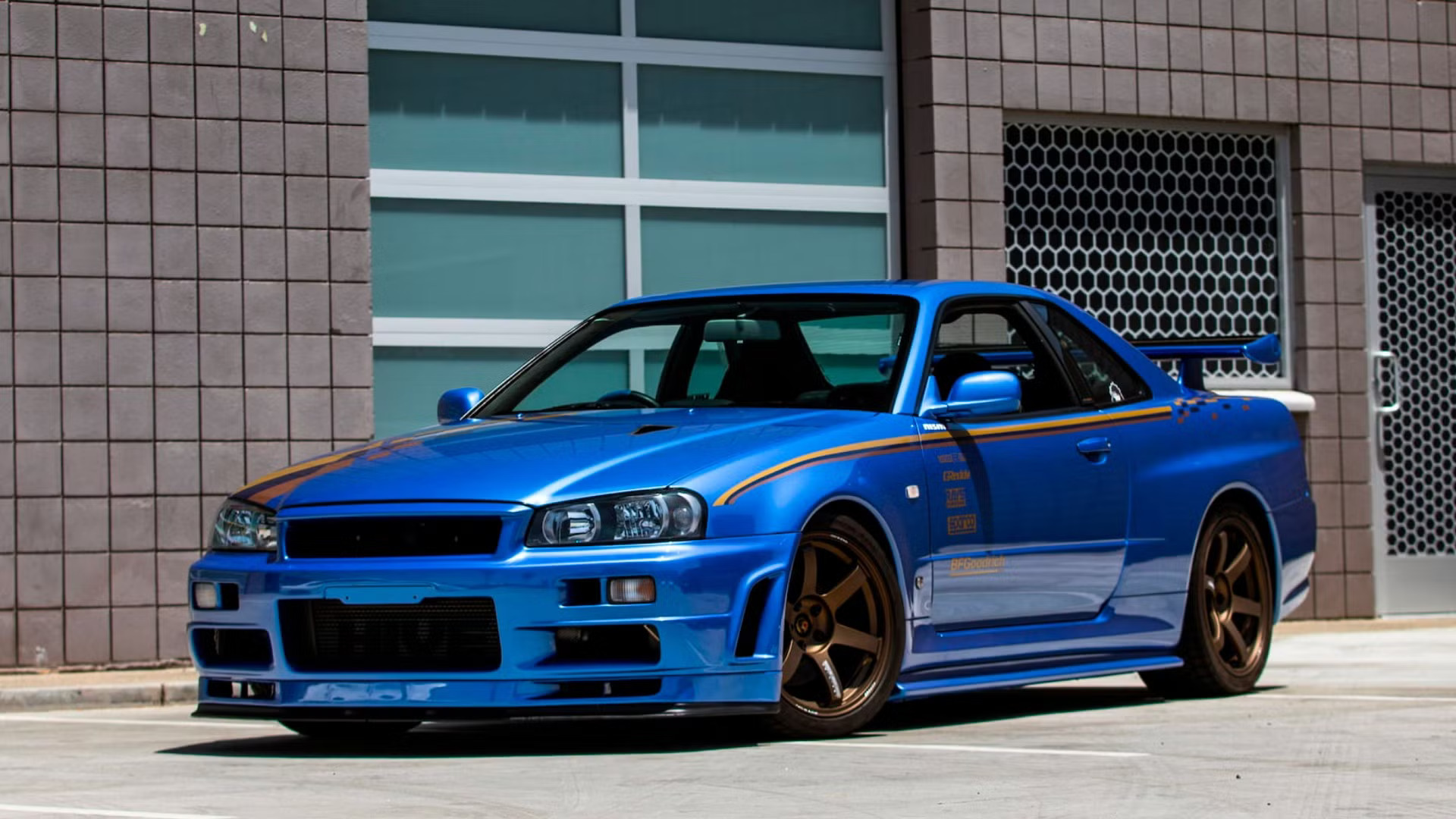
6. Nissan RB26DE Naturally Aspirated Variant
The RB26DE engine is famously known for its turbocharged performance in the Skyline GT-R, but the naturally aspirated variants of the RB series, particularly the RB26DE NA versions and RB25DE engines, have earned their own reputation for toughness and endurance.
These inline-six engines are built on a foundation of high-quality materials and robust engineering, designed originally for motorsports and high-performance applications, which naturally translates into exceptional reliability even without forced induction. The iron block paired with aluminum heads provides a solid structure that can endure intense thermal and mechanical stresses.
One of the standout features of the RB26DE naturally aspirated variants is their overbuilt internals. Forged pistons, strong connecting rods, and a durable forged crankshaft make this engine capable of withstanding high RPMs and aggressive driving conditions without succumbing to the common pitfalls of naturally aspirated performance engines, such as valve float or piston damage.
This engineering robustness allows these engines to maintain reliability well beyond 200,000 miles, assuming routine maintenance is kept up, especially regarding cooling and lubrication systems.
The inline-six layout also contributes to the engine’s smooth and balanced operation, reducing vibrations and uneven wear that could degrade components prematurely. This smoothness is key in helping the RB26DE NA engine endure the rigors of extended highway driving and spirited performance use alike.
Additionally, Nissan’s advanced DOHC head design allows for efficient breathing and precise valve timing, enhancing both power output and longevity by ensuring consistent combustion quality and reducing carbon buildup.
Owners of RB-series naturally aspirated engines often cite their longevity and willingness to endure without major overhaul, even when regularly driven hard. The availability of parts from the turbocharged siblings, combined with a passionate tuning and maintenance community, ensures these engines can be kept running smoothly for decades. Whether in Skyline sedans or modified street cars, the naturally aspirated RB engines have earned their place among the durable giants of Japanese engineering.
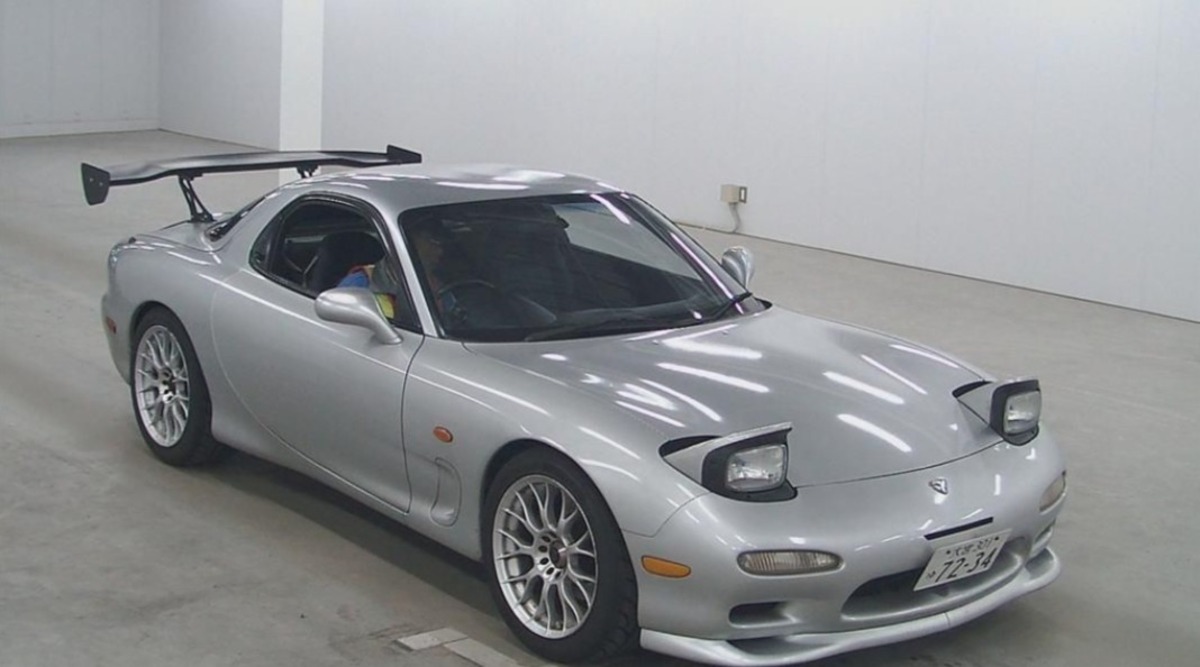
7. Mazda 13B Rotary Engine (Naturally Aspirated)
The Mazda 13B rotary engine, while often associated with its high-revving spirit and lightweight design, is a unique example of a naturally aspirated powerplant that can endure with proper care, defying the rotary’s reputation for fragility.
The 13B, a two-rotor Wankel engine, stands apart from traditional piston engines due to its fundamentally different operation, relying on rotary combustion rather than reciprocating pistons. This design yields an incredibly compact and lightweight engine that delivers high power density and a smooth, exhilarating powerband that climbs to high RPMs effortlessly.
Despite common misconceptions about rotary engines, the 13B has demonstrated impressive longevity in stock form, especially when maintained meticulously. Mazda designed the 13B with durable apex seals and robust rotor housings, which are critical components responsible for sealing the combustion chambers and preventing compression loss.
While apex seal wear is often cited as a rotary engine weakness, the 13B’s naturally aspirated versions typically exhibit longer seal life due to lower thermal and mechanical stresses compared to their turbocharged counterparts. Additionally, the engine’s simple cooling system and balanced internal components reduce hot spots and uneven wear.
Routine maintenance is crucial for the 13B’s durability—consistent oiling, timely replacement of coolant, and the use of high-quality fuel all contribute to extending the engine’s life.
Enthusiasts frequently report 100,000-plus miles on the original engine with minimal issues, a notable achievement considering the rotary’s distinct operation. Moreover, the 13B’s simple design means fewer moving parts, reducing the likelihood of catastrophic mechanical failure common in more complex piston engines.
The cultural impact of the 13B engine is significant, as it powered Mazda’s iconic RX-7 models for decades and introduced many enthusiasts to the world of rotary performance. Its blend of lightweight, smooth power delivery and proven durability in naturally aspirated trim underscores why it remains a celebrated engine.
While rotary engines require a different maintenance philosophy, the 13B stands as proof that naturally aspirated powerplants can refuse to quit, even when they operate on a fundamentally different principle.
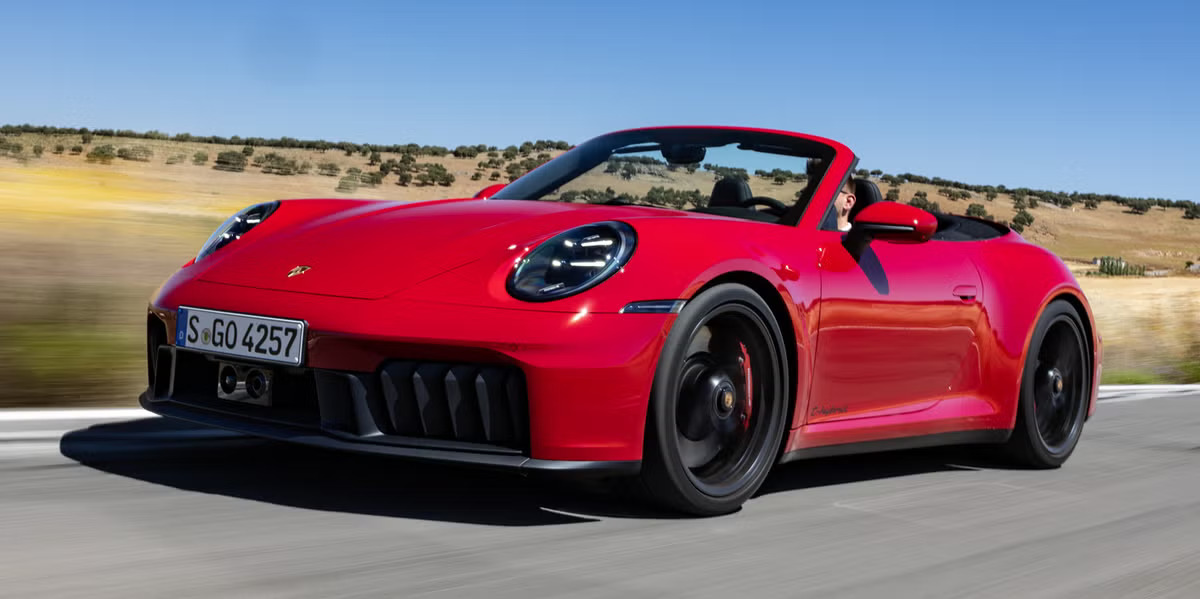
8. Porsche 911 Flat-Six (Air-Cooled)
The air-cooled flat-six engines that powered classic Porsche 911s from the 1960s through the late 1990s are legendary for their unique design, sound, and longevity. Unlike most modern engines cooled by liquid, these air-cooled powerplants relied on extensive finning and forced air circulation to maintain optimal operating temperatures.
This unconventional approach required extraordinary engineering precision to avoid overheating and ensure longevity. Despite the challenges, the Porsche flat-six is renowned for its ability to endure high mileage while delivering exhilarating naturally aspirated performance.
One critical factor in the durability of the air-cooled flat-six is the engine’s construction. The aluminum block with individual heads for each cylinder provided excellent thermal dissipation, aided by the innovative fan system that directed air over the engine’s surfaces.
This design minimized hotspots and prevented warping, a common cause of failure in air-cooled engines. Porsche’s commitment to meticulous machining and quality materials further contributed to the engine’s resilience, allowing it to perform reliably in both everyday driving and motorsports environments.
The boxer layout of the flat-six contributes significantly to its balance and smoothness, minimizing vibrations that could otherwise accelerate wear. The flat design also lowers the car’s center of gravity, improving handling while reducing stresses on engine mounts and ancillary components.
The naturally aspirated variants, free from the extra heat and pressure of turbocharging, tend to experience fewer issues such as detonation or component fatigue, allowing owners to enjoy the classic Porsche driving experience without excessive maintenance concerns.
Many Porsche 911 owners attest to their engines running well beyond 200,000 miles with original internals, testament to the air-cooled flat-six’s durability.
While regular valve adjustments, oil changes, and monitoring of cooling system components are essential, the overall reliability of this engine has cemented its place in automotive history. Its longevity, combined with an unmatched driving character, makes the Porsche air-cooled flat-six a true naturally aspirated legend.
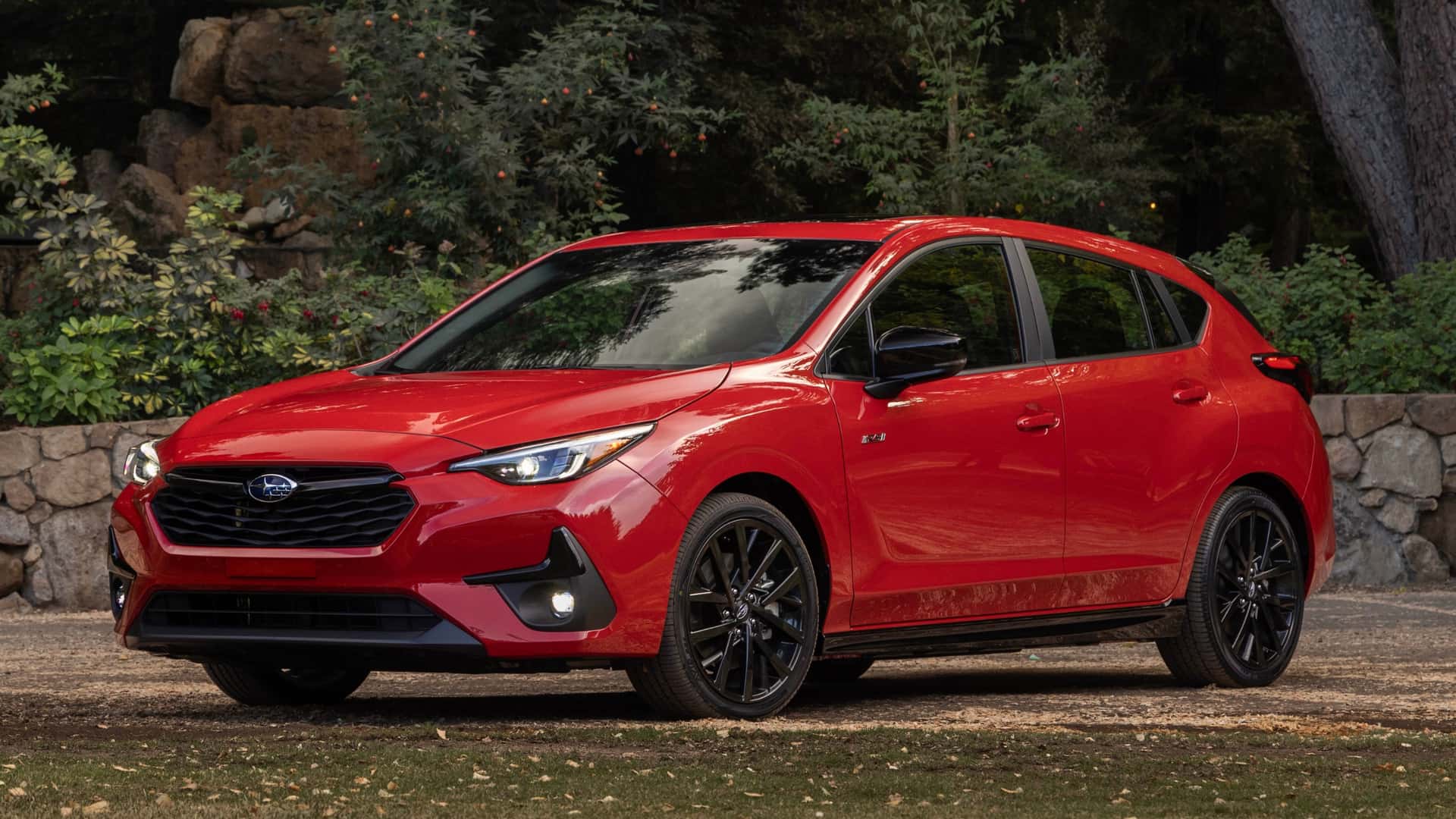
9. Subaru EJ25 Naturally Aspirated Variant
The Subaru EJ25 engine is often linked with the brand’s turbocharged performance models, but its naturally aspirated versions found in many Impreza and Legacy models have built a reputation for resilience and longevity.
This flat-four engine features a boxer design similar to Porsche’s flat-sixes but with four cylinders instead of six, providing a naturally balanced layout that reduces vibration and distributes mechanical loads evenly. Its aluminum block and heads balance weight and strength, while Subaru’s engineering has focused on ensuring these engines endure the daily rigors of commuting and occasional spirited driving alike.
One of the EJ25’s strengths lies in its strong bottom end, including forged crankshafts and robust connecting rods in many versions. This strength, combined with a timing chain instead of a belt on later models, reduces common failure points and extends maintenance intervals.
While early EJ25 variants experienced issues with head gaskets, Subaru addressed these problems in subsequent designs, greatly improving overall engine durability. The naturally aspirated variants avoid the higher stresses induced by forced induction, which further contributes to their longevity.
Subaru’s boxer layout aids in lowering the vehicle’s center of gravity, which not only benefits handling but also reduces strain on engine mounts and peripheral components.
The engine’s smooth power delivery and linear torque curve make it forgiving under daily driving conditions, reducing abrupt stresses that can shorten engine life. Regular maintenance, including oil changes and cooling system upkeep, ensures these engines continue to perform reliably over long distances.
Owners frequently report EJ25 NA engines achieving 200,000 miles or more with original components intact, a testament to the platform’s robustness. The engine’s availability and strong aftermarket support, combined with Subaru’s reputation for practical and durable vehicles, make the EJ25 naturally aspirated variant a favorite among drivers who want reliable, long-lasting power without the complexity of forced induction.
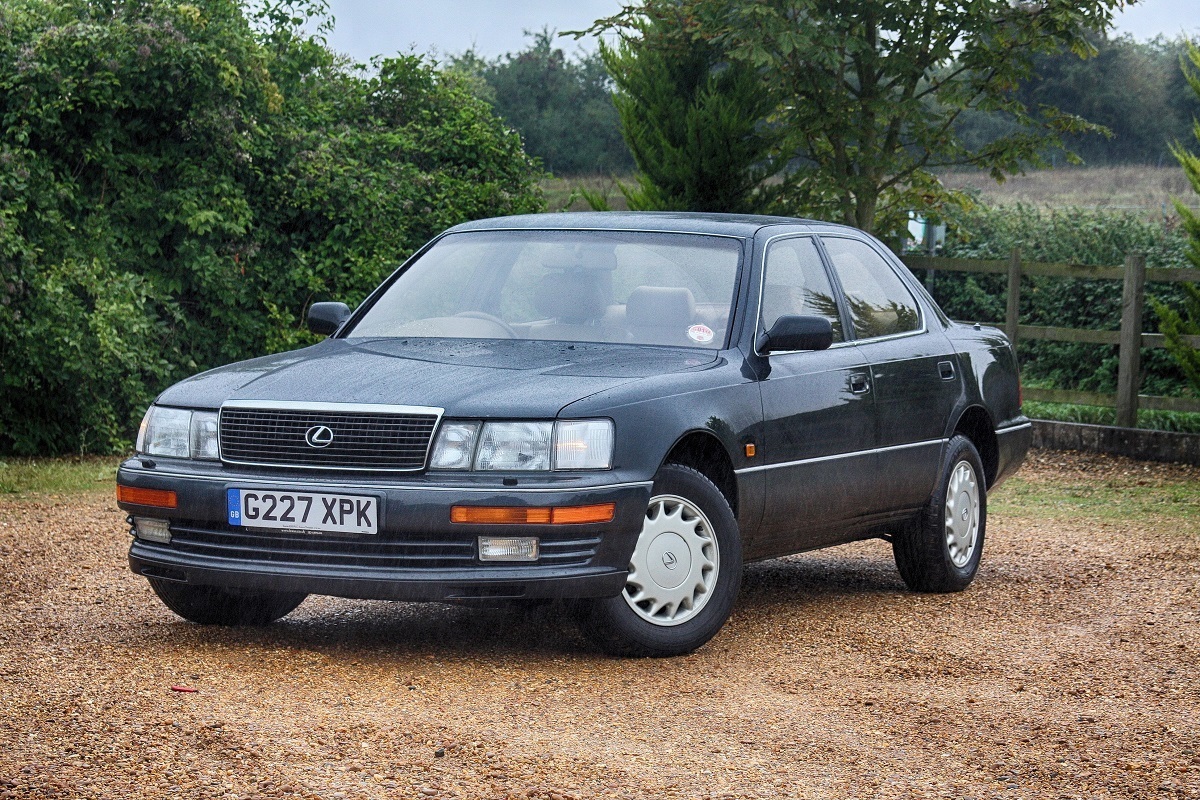
10. Lexus 1UZ-FE V8
The 1UZ-FE V8 engine from Lexus is a shining example of Japanese engineering meeting American V8 muscle in a naturally aspirated package that has earned a reputation for bulletproof reliability.
Debuting in the late 1980s in the Lexus LS400, the 1UZ-FE was designed from the ground up to offer smooth, refined power with exceptional durability. Its all-aluminum construction, combined with a robust DOHC head design and a forged crankshaft, made it one of the most advanced and reliable V8 engines of its era.
What truly sets the 1UZ-FE apart is its meticulous engineering and quality control during manufacturing. Each component was designed to withstand significant stress while maintaining smooth and quiet operation.
The engine’s sophisticated variable valve timing system (VVT-i in later versions) improved efficiency and power without compromising the core durability. Its timing belt was later replaced by a timing chain in updated models, further enhancing longevity and reducing routine maintenance.
The 1UZ-FE’s smooth torque delivery, combined with a high redline for a V8, offers a naturally aspirated driving experience that is both responsive and effortless. The aluminum block and heads contribute to excellent heat management, preventing the overheating problems common to many high-performance V8s.
This thermal efficiency extends the lifespan of internal components such as pistons, rings, and valve guides, helping the engine run reliably for hundreds of thousands of miles.
Owners and enthusiasts widely regard the 1UZ-FE as one of the most durable naturally aspirated engines ever produced. Many examples have surpassed 300,000 miles with minimal issues, and the engine’s reputation for longevity has made it a popular choice for engine swaps and performance builds.
Its combination of refinement, power, and bulletproof durability cements the 1UZ-FE’s place among the naturally aspirated engines that simply refuse to quit.
Also Read: 5 Engines That Never Burn Coolant and 5 That Always Need Top-Ups
Naturally aspirated engines have long been celebrated for their mechanical simplicity, linear power delivery, and reliability, standing as timeless examples of how thoughtful engineering can create powerplants that endure.
In this comprehensive exploration of ten naturally aspirated engines that refuse to quit, we have seen how a diverse array of manufacturers—from Toyota to Porsche, Honda to Chevrolet—have applied varying philosophies and innovations to craft engines that combine durability with performance.
Despite the automotive world’s ongoing shift toward turbocharging, electrification, and complex forced induction systems, these naturally aspirated legends remain shining examples of resilience and dependability.
What truly sets these engines apart is their balance of robust materials, smart design, and manufacturing precision. Whether it’s the iron block of the Toyota 2JZ-GE or the forged internals of the Nissan RB series, these components withstand decades of use, high mileage, and often spirited driving without succumbing to common failure modes.
Engines like the Honda K20 and BMW M54 show how modern advances in variable valve timing and lightweight aluminum construction can improve efficiency and power while preserving longevity. Meanwhile, the Chevrolet 350 small-block exemplifies a simple, reliable pushrod design that has been a mainstay in American garages for generations.
Many of these engines also benefit from balanced configurations, such as the smooth inline-sixes of BMW and Nissan, the boxer layouts of Subaru and Porsche, and the V8 designs of Ford and Lexus, which reduce internal vibrations and mechanical stresses. This not only enhances driving refinement but also helps protect critical engine components from premature wear.
Additionally, the naturally aspirated nature of these engines means fewer components are exposed to high thermal and mechanical loads, further reducing the risk of catastrophic failures and expensive repairs. Another critical factor contributing to the longevity of these engines is their widespread aftermarket and community support.
Enthusiasts, mechanics, and manufacturers continue to supply replacement parts, upgrade components, and maintenance advice, making it easier than ever to keep these engines running smoothly for hundreds of thousands of miles. This accessibility ensures that owners can maintain their engines properly, helping to prolong their operational lives well beyond factory expectations.
While many new engines focus on extracting more power from smaller displacements via forced induction, the engines on this list remind us of the virtues of naturally aspirated design—direct throttle response, mechanical simplicity, and the satisfying symphony of combustion unfiltered by turbo lag or complex electronics.
They reflect a purist’s approach to engine building, where reliability and consistent performance take precedence over short bursts of peak power. In doing so, they continue to inspire confidence and loyalty among drivers who value long-term durability as much as driving excitement.
In conclusion, these ten naturally aspirated engines stand as enduring symbols of automotive engineering excellence. They prove that, even in a world racing toward newer technologies, a well-designed naturally aspirated engine can outlast trends, overcome challenges, and provide decades of dependable service.
Their legacy lives on not only in the vehicles they powered but also in the hearts of those who appreciate the timeless qualities of an engine built to last. As the automotive landscape evolves, these engines remain benchmarks of what’s possible when durability, simplicity, and performance are harmoniously combined—truly engines that refuse to quit.

